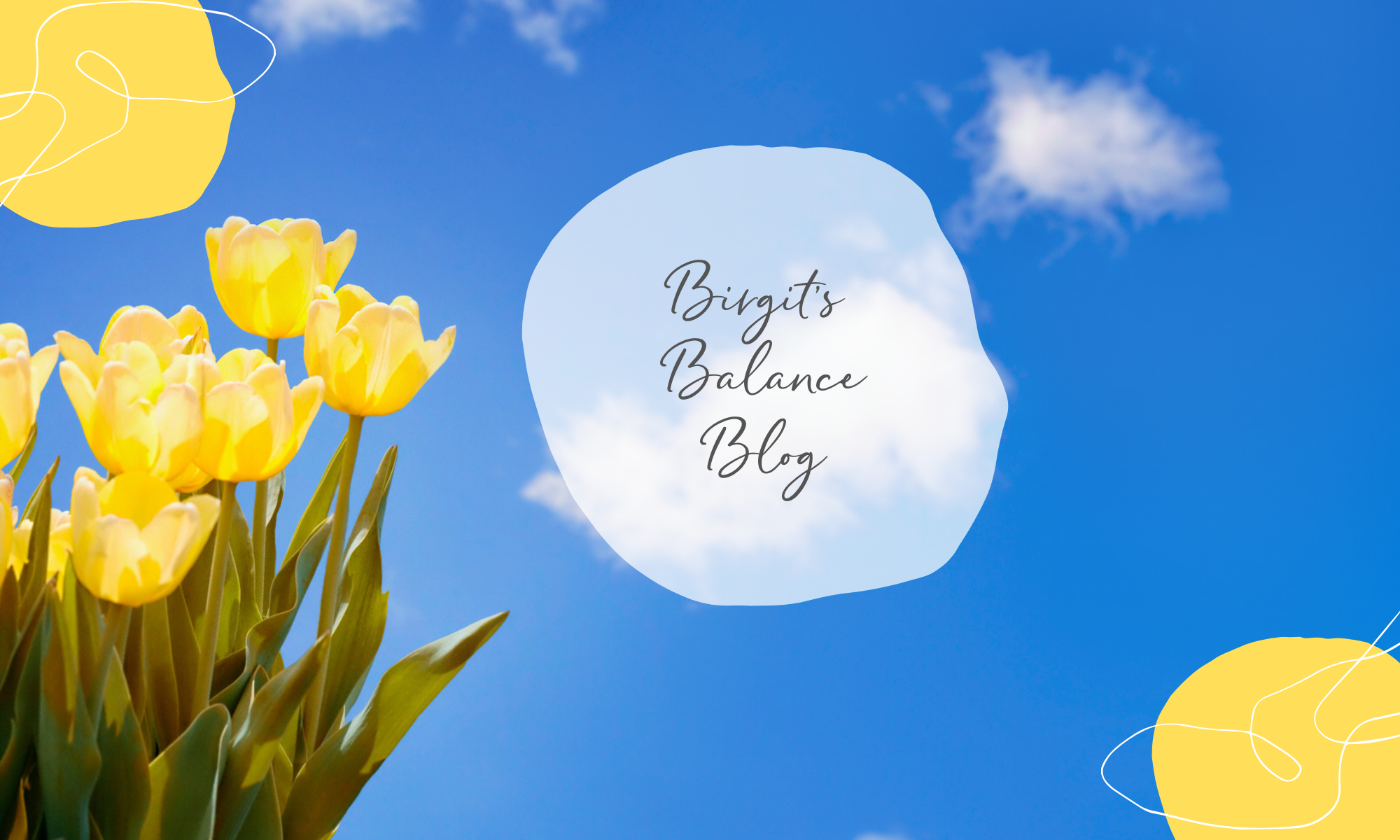
The idea for this blog article actually came to me during my morning yoga session.
It made me realise that our body sometimes adopts a protective posture to avoid pain.
This can happen after an injury, for example, or also when we experience pain during certain movements due to immobility, overstraining or inflammation.
Temporarily, this protective posture can be helpful, necessary or consciously wanted to enable relief and healing. In the case of major injuries, we are even prescribed this protective posture if, for example, joints, tendons or bones are temporarily immobilised by a plaster cast, orthosis or similar.
Normally, however, the protective posture happens unconsciously and and build ups continuously. Usually, we only become aware of it when we experience pain in another part of the body, because an imbalance has been created by the permanent protective posture, which has to be compensated for by an incorrect posture. And so the imbalance increases while our flexibility decreases.
And then I thought: isn’t it the same with emotions?
Don’t we also tend to avoid certain situations, people or events (or keep them at bay by being particularly tough) if our last experience was bad or painful?
For example, if you gave a talk in front of many people and had a total blackout, would you immediately go back on stage?
If you had a fall (from a horse, bicycle, motorbike, while skiing ….), would you get back on immediately?
If you were hurt in your last relationship, can you start again with confidence and trust in the new one?
Pain happens – no matter whether it is caused by physical or emotional injuries. And yes, relief needs a certain amount of time which helps to process (not surpress or block). Take this time! But then it is important not to remain in this posture, but to get moving again as quickly as possible and slowly rebuild flexibility – it’s the same with emotions as it is with muscles. Because if we maintain the protective posture, it may feel safe at first – but in the long run it has unpleasant consequences:
- Emotional imbalance: To avoid one feeling, we develop another one stronger, such as hardness to avoid sadness.
- Lack of flexibility: We unlearn how to deal with certain emotions – and suffer all the more when we encounter them again. I.e. there is even a
- Greater risk of injury.
- Pain in other areas: We may succeed in avoiding some injuries and pain. However, our isolation also prevents beautiful experiences, joy and liveliness – and makes us lonely in the long run.
And just like the physical recovery, the emotional recovery also feels uncertain and “shaky” in the beginning. But hold on, it will settle with time! This is the only way to stay lithely so that you can unfold your full potential and experience the complete “range of motion” of life and emotions.
Where have you fallen into a protective posture emotionally?
How could you regain flexibility?
And as I am writing this — doesn’t it all somehow apply to our thoughts and perspectives, too?
So – time for some stretching exercises – for the body, the mind and the heart – and then off into life!
Take Care!
Birgit
